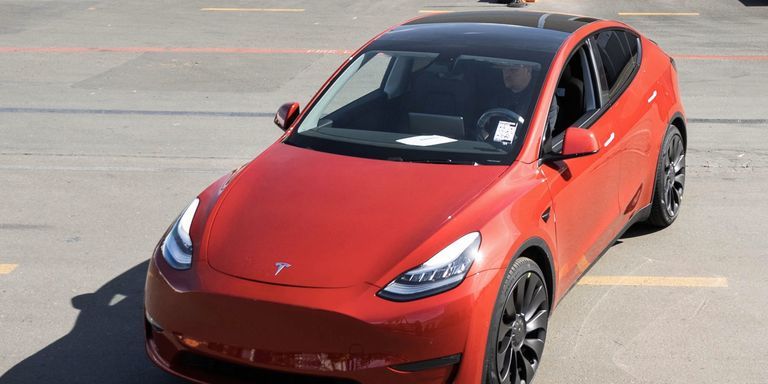kishkaru
Member
I think you're referring to this post: How I Recovered Half of my Battery's Lost Capacity
Key takeaways according to the thread author:
Key takeaways according to the thread author:
For me, I'm guilty of #2 (constant Sentry Mode). And likely also #6 due to #2.1. This issue is primarily an indication/estimation problem, not real battery capacity loss.
2. Constant Sentry mode use contributes to this problem, because the car never sleeps, so no OCV readings get taken.
3. Long voltage stabilization times in the Model 3 prevent OCV readings from getting taken frequently, contributing to BMS estimation drift.
4. Constantly charging every day means that those OCV readings that do get taken are always at the same charge level, which makes the BMS calibration inaccurate.
5. Multiple accurate calibration cycles may need to happen before the BMS accuracy improves.
6. It takes a long time (a lot of OCV readings) to cause the BMS to run a calibration computation, and therefore the procedure can take months.



